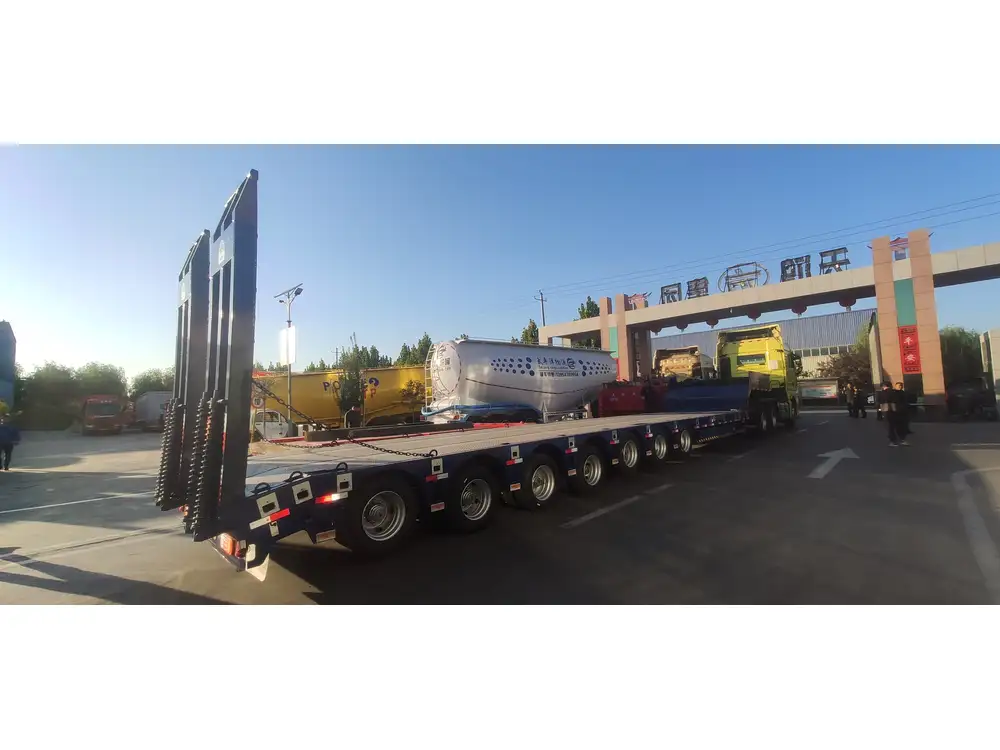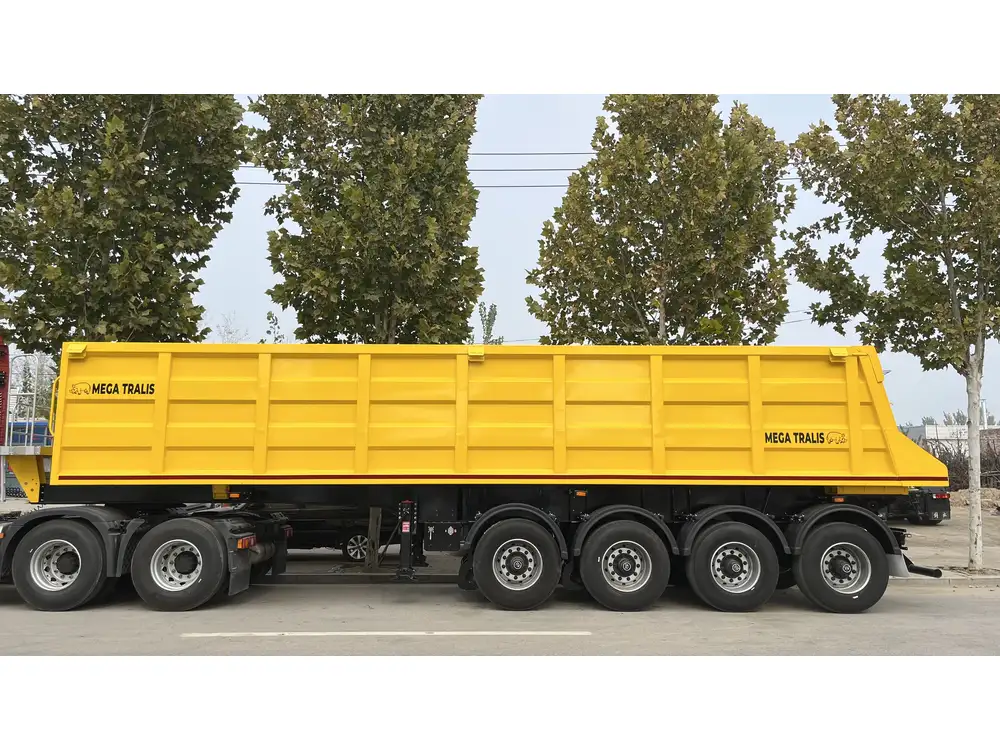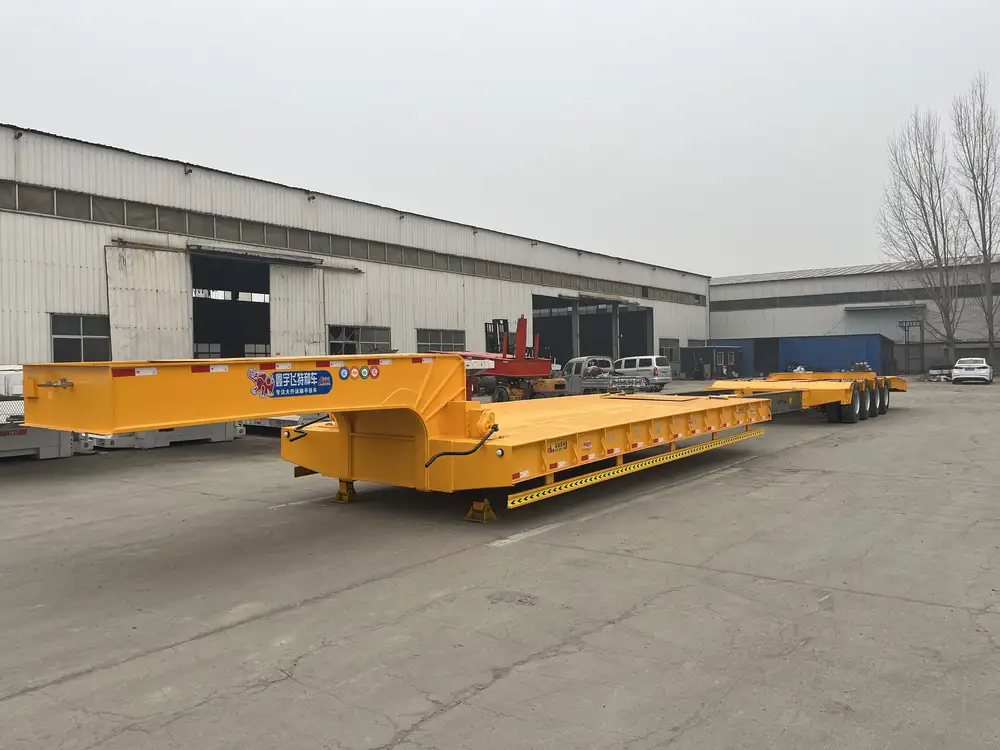When discussing tractor trailers, one of the topics often overlooked yet fundamentally critical is the size of their fuel tanks. Understanding how big tractor trailer fuel tanks are not only aids in logistical planning but also impacts fuel costs, travel distances, and overall operational efficiency. In this article, we will explore various aspects of tractor trailer fuel tanks, including their specifications, factors influencing size, and other pertinent details that every fleet manager or truck driver should consider.
Table of Contents
- Overview of Tractor Trailer Fuel Tanks
- Standard Fuel Tank Sizes
- Factors Influencing Fuel Tank Size
- Fleet Requirements
- Fuel Efficiency
- Cargo Capacity
- Comparative Analysis of Fuel Tank Sizes
- Fuel Tank Configurations
- Maintenance and Care for Fuel Tanks
- Future Trends in Fuel Tank Design
- Conclusion
1. Overview of Tractor Trailer Fuel Tanks
Tractor trailer fuel tanks are designed to store diesel fuel for heavy-duty trucks that operate long-haul or regional routes. Their design and size significantly differ from smaller vehicles, considering the unique demands of high-mileage journeys. A well-understood fuel tank enables operators to manage fuel needs effectively, ensuring minimized downtime and improved routing efficiency.

2. Standard Fuel Tank Sizes
The fuel tank sizes on tractor trailers can be quite diverse, typically ranging from 100 to 300 gallons. Below is a table summarizing the standard tank sizes based on specific truck configurations:
| Truck Type | Typical Fuel Tank Size (Gallons) |
|---|---|
| Day Cab Trucks | 100 – 120 |
| Sleeper Trucks | 150 – 250 |
| Specialty Trucks | 200 – 300 |
Common Sizes Explained
- 100 – 120 Gallons: Commonly found on day cab trucks, this size caters to short-haul operations, allowing for easier maneuvering and reduced weight.
- 150 – 250 Gallons: Sleeper units, specifically catered for long-haul trucking, generally feature larger tanks to reduce the number of fueling stops.
- 200 – 300 Gallons: Specialty trucks may use larger capacity tanks to meet unique logistical demands, accommodating extended travel times without frequent refueling.
3. Factors Influencing Fuel Tank Size
Choosing the right fuel tank isn’t merely a matter of preference; several factors come into play. Below are considerations that can dramatically affect the size of tractor trailer fuel tanks.

Fleet Requirements
For trucking companies or independent operators, fleet requirements significantly influence tank size. Companies managing long-haul fleets might prioritize larger tanks to cover more extensive distances between refueling stops, whereas regional operators might find smaller tanks sufficient due to their shorter routes.
Fuel Efficiency
The fuel efficiency of a tractor trailer plays a crucial role in determining optimal fuel tank size. With advancements in engine technology, some modern trucks achieve impressive mileage, allowing operators to opt for smaller tanks without sacrificing travel range.
Cargo Capacity
Cargo volume and type can dictate fuel tank size as well. Heavier loads may necessitate larger tanks to ensure that the tractor trailer can maintain performance without compromising its load capacity. Conversely, lighter loads might allow for more flexibility in choosing tank sizes.

4. Comparative Analysis of Fuel Tank Sizes
With the rise of various truck makes and models, understanding how tank sizes compare can provide valuable insights during purchasing decisions. In the table below, we analyze tank sizes from several prominent truck manufacturers.
| Manufacturer | Model | Fuel Tank Size Options (Gallons) |
|---|---|---|
| Freightliner | Cascadia | 100, 150, 200, 300 |
| Kenworth | T680 | 100, 150, 200, 300 |
| Volvo | VNL | 100, 150, 200 |
| Peterbilt | 579 | 100, 150, 200, 300 |
| International | LT Series | 100, 150, 200, 300 |
Key Takeaways
- Freightliner and Peterbilt provide the most variety, catering to diverse operational needs through a range of sizes.
- Volvo tends to stick to more standardized offerings, which cater more to long-haul applications.
5. Fuel Tank Configurations
The configuration of fuel tanks on a tractor trailer can lead to varying capacities and operational efficiencies. Here’s an overview of typical configurations:
Single Tank Systems: These systems, usually around 100 to 150 gallons, are simpler but limit range.
Dual Tank Systems: Offering capacities of 200 to 300 gallons total, dual tanks can significantly extend operational range and reduce refueling time.
Custom Configurations: Some manufacturers and fleet operators choose custom configurations depending on truck designs and operational needs.

6. Maintenance and Care for Fuel Tanks
Proper maintenance of fuel tanks is crucial to ensure longevity and operational efficiency. Here are essential practices for keeping tractor trailer fuel tanks in optimal condition:
| Maintenance Task | Frequency |
|---|---|
| Regular Inspection | Every Month |
| Fuel Filter Replacement | Every 10,000 Miles |
| Visual Check for Corrosion | Every Month |
| Ensure Proper Fuel Quality | Every Fill-up |
Tips for Maintenance:
- Visual Inspections: Check for any signs of rust or damage regularly.
- Fuel Quality: Always use high-quality fuel to reduce deposits and contaminants in the tank.
- Drain Water: Regularly remove water from the bottom of the fuel tank to prevent microbial growth.
7. Future Trends in Fuel Tank Design
With the evolution of the trucking industry, particularly in relation to environmental concerns and sustainability, innovations in fuel tank design are rapidly emerging:
Lightweight Materials: Increasing use of lightweight aluminum and composite materials allows for larger fuel capacities without adding significant weight to the truck.
Modular Tanks: These allow for customizable configurations, where operators can adjust tank sizes based on operational needs.
Alternative Fuels: As trucking shifts towards greener alternatives, tank designs are evolving to accommodate biofuels, LNG, and hydrogen, reflecting a broader industry trend towards sustainability.

8. Conclusion
The size of tractor trailer fuel tanks plays a pivotal role in fleet operation efficiency, cost management, and environmental impact. Understanding the various factors influencing fuel tank size—including fleet requirements, fuel efficiency, and cargo capacity—empowers fleet managers and drivers alike to make informed decisions, enhancing operational integrity. The future of fuel tank design, characterized by flexibility and sustainability, suggests that the industry is moving towards enhanced efficiencies while reducing its carbon footprint.
By carefully considering the specifications and requirements discussed here, operators can optimize the performance of their fleets, ensuring they remain competitive in a rapidly evolving landscape. Understanding “how big are tractor trailer fuel tanks” is not just about mere numbers; it’s about integrating that knowledge into practical, effective logistical strategies that drive the industry forward.



